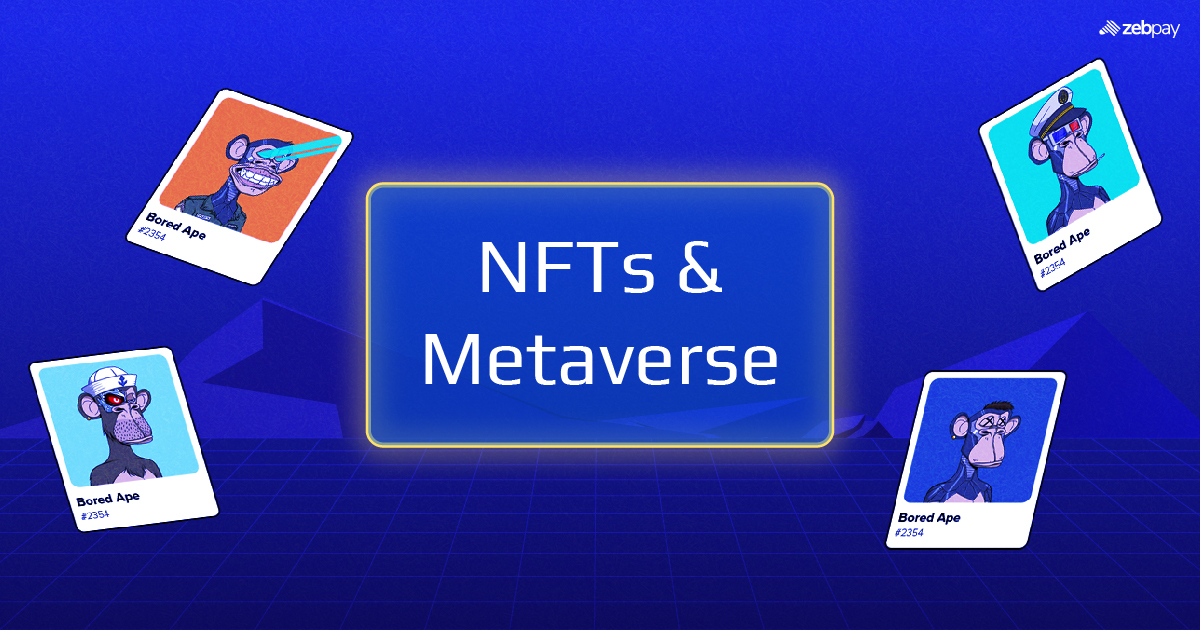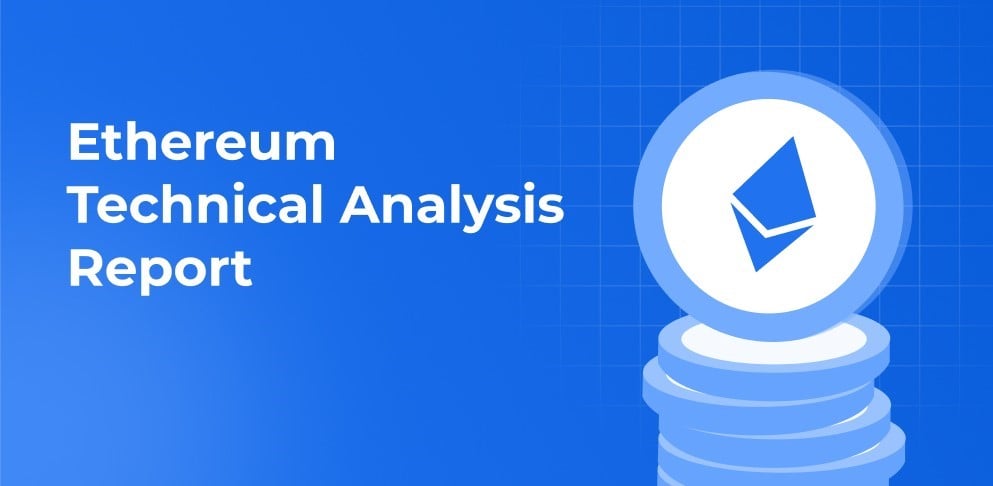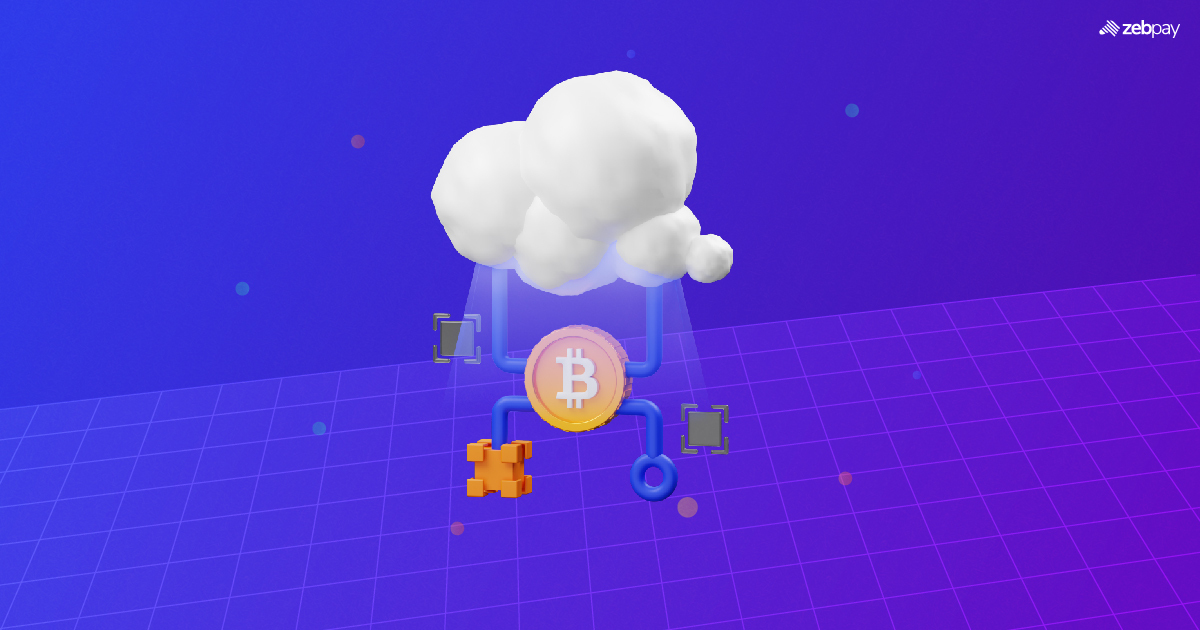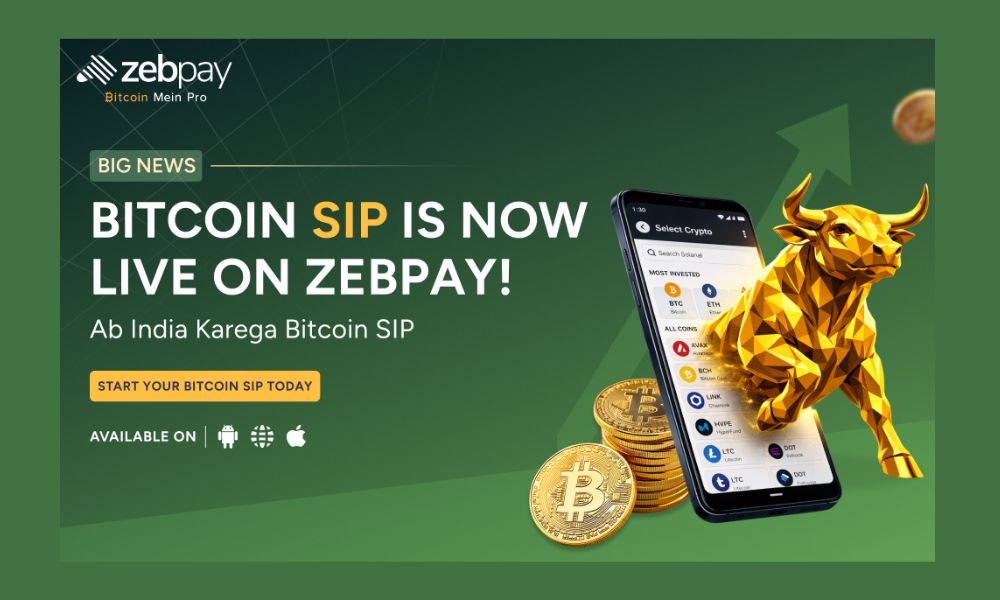NFTs enhance the Metaverse by providing an engaging experience. Users of Metaverse ecosystems can make and sell digital art, just like virtual real estate. This digital universe lets users exchange, purchase, or sell one-of-a-kind digital items. They also encourage self-expression by allowing users to customize their digital surroundings and identities.
Virtual art galleries in the metaverse are one of the most notable examples of the intersection of NFTs and Art. The Metaverse enables artists to showcase their NFT art to a large international audience. Art enthusiasts can explore the galleries and buy digital art using crypto. NFTs in the Metaverse have revolutionized the art world by providing artists with a new method for revenue and exposure.
Understanding NFTs
NFTs, or non-fungible tokens, are unique Virtual Digital Assets; unlike fiat currencies such as the US dollar and crypto coins like Bitcoin, which are fungible assets, all are worth the same amount.
NFTs have four essential features. They are : indivisible, unique, transferable, and scarce. NFTs can be used to authenticate ownership of digital assets in the metaverse, such as artwork and virtual real estate, as every NFT is unique.
Read more: What are NFTs
NFTs and Artistic Expression
Today, artists are experimenting with new formats, challenging conventional norms, and pushing boundaries. NFTs can shape the future of art and redefine the possibilities of artistic expression. They have disrupted the traditional art world by providing artists with new ways to monetize their digital art. Artists can sell NFTs of their artwork to establish ownership and receive royalties each time the NFT is resold in secondary markets. They can revolutionize the art world, which has been dominated by auction houses and galleries that take a significant cut on sales.
We will witness new and innovative ways of using NFTs in the future as more artists and collectors get familiar with them. We can expect more virtual art galleries, augmented reality art experiences, and interactive digital art using AR and VR devices.
Read more: Metaverse vs Virtual Reality
Digital Art and NFT Marketplaces
Digital art has emerged as a new art form due to technological advancements. It involves using digital tools such as computers and softwares such as Adobe Photoshop. It is democratizing the creation and distribution of art and challenging traditional methods.
Users can buy, sell, or trade NFTs in NFT marketplaces in the Metaverse. NFT marketplaces allow anyone to participate in the digital economy with an internet connection, breaking down entry barriers. It fosters a globally diverse community of artists as users from any location with any background can showcase their digital creations.Some of the popular NFT marketplaces include OpenSea, Binance NFT, and Rarible.
Read more: NFT Vs Crypto
Authenticity and Provenance in the Metaverse
NFT marketplaces can establish ownership and provenance for digital creations in the Metaverse. Each digital art is represented by an NFT that cannot be tampered with or replicated, ensuring its authenticity. This feature significantly improves the levels of trust and transparency in the digital art and collectibles market. NFTs make it easy to trace the history of a particular piece of art as they provide an immutable record of ownership, establishing its provenance.
Tokenizing Physical Artwork
Tokenization involves converting a physical asset into a digital asset that can be stored on a blockchain network. It is transforming the way artists create and manage their digital creations. It enables artists to take complete control of their work and get deserved compensation when their work reaches a larger audience. These new ownership and crowdfunding models can help artists create new revenue channels. Fractional NFTs allow multiple people to own a single digital token. They are different from regular NFTs as they employ Smart contracts to divide the crypto token into several parts. They spread the cost of ownership over a few users, so a group of investors can own a piece of a digital asset.
NFTs can break down geographical barriers, allowing art lovers to engage and buy the art they love. They are also democratizing the art world by connecting artists and collectors directly without intermediaries such as auction houses and galleries.
Empowering Artists and Revenue Models
NFTs empower artists to create their art on the blockchain, creating an authenticity certificate that follows it whenever it is bought or sold. This ledger helps build transparency and trust, which are lacking in the art world today. Artists have many ways to monetize their work, which was not previously possible. They can earn royalties whenever their work is resold in the secondary market, providing a viable long-term income and the best method to earn passive income through NFTs. It can transform the economic model of the art world, as artists can continue to receive earnings after the initial sale. New revenue streams and royalty mechanisms can motivate and better enable artists to create unique pieces.
Collaboration and Community Building
Collaborative artwork occurs when multiple artists share their ideas to achieve a collective objective through group interaction. NFTs can enable collaboration between artists that can result in truly spectacular work. They can create new art communities, allowing artists to interact with their fans and supporters directly.
Fans and art communities have been crucial to the success of an artist. NFTs can provide a new way for art fans to engage with their favorite artists. Fans can gain a stake in an artist’s creation by purchasing an NFT. It leads to a sense of exclusivity and deeper connection. NFTs can help artists increase fan engagement through social media and virtual meetups in the Metaverse.
Artists can program smart contracts in their NFTs to offer exclusive benefits to their most loyal fans. They can create limited-edition NFTs to grant access to virtual meetups or private performances. Artists can establish a closer bond with their fans by leveraging NFTs.
Challenges and Criticisms
NFTs are transforming the art world through innovative technology, but many studies report that they can have damaging effects on the environment. Some blockchains, like Hedera and Polygon, are trying to address environmental issues by becoming carbon neutral.
Intellectual property issues are another challenge faced by NFTs. It is vital to know if the seller owns the NFT, as there have been cases where people mint replica NFTs or click photos of NFTs. NFT ownership terms and conditions are visible in the metadata of the underlying smart contract.
Read more: Hacks For Finding NFT Projects
Future Outlook and Possibilities
NFTs are one of the biggest leaps forward in the art world because they provide artists with new ways to create and monetize their work. They challenge traditional practices around who makes art, what form art can take, and how it can be purchased. Mainstream adoption is the next step for NFT technology. One of the ways to achieve this is by educating artists, collectors, and other artistic communities about NFTs and showing them the value of NFTs in the art world.
Read more: Future of the Metaverse
Conclusion: The Artistic Metaverse Unleashed by NFTs
NFTs continue to disrupt the art world and create new avenues for self-expression and monetary benefits for artists. They will become more mainstream if more artists embrace NFT technology. Mainstream NFT adoption can lead to art galleries and museums hosting NFT exhibitions. They are already changing the way artists monetize or earn money from their collections. Artists are exploring new business models like selling access to their creative endeavors or fractional NFT ownership. NFTs have transformed the way we sell, own, and trade art. They will continue to disrupt the art world as technology continues to evolve.
To stay up to date with the latest crypto news, visit ZebPay blogs. Click on the button below to trade on ZebPay.
Frequently Asked Questions (FAQs)
What exactly is an NFT?
NFTs, or non-fungible tokens, are unique Virtual Digital Assets; unlike fiat currencies such as the US dollar and crypto coins like Bitcoin, which are fungible assets.
How does owning an NFT artwork differ from owning physical art?
One of the vital differences between NFTs and physical art is that your proof of ownership is embedded on the blockchain in case of an NFT. Once recorded on blockchain, the ownership cannot be disputed as these records are tamper proof.
How can artists benefit from selling NFTs?
Artists have many ways to monetize their work, which was not previously possible. They can earn royalties whenever their work is resold in the secondary market, providing a viable steady income.
What are some popular NFT marketplaces for art?
Some of the popular NFT marketplaces include OpenSea, Binance NFT, and Rarible.






